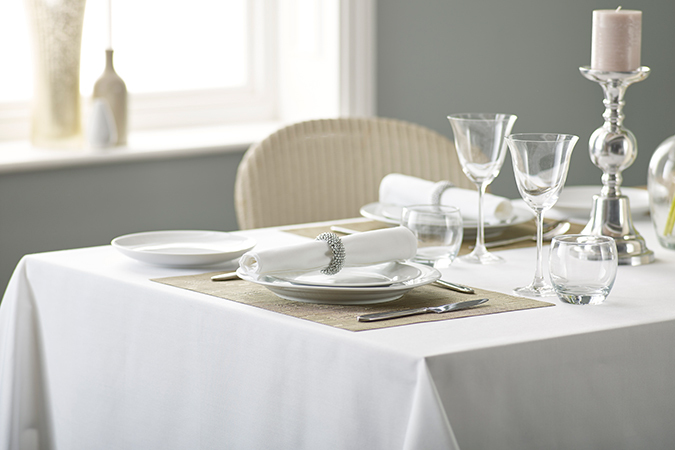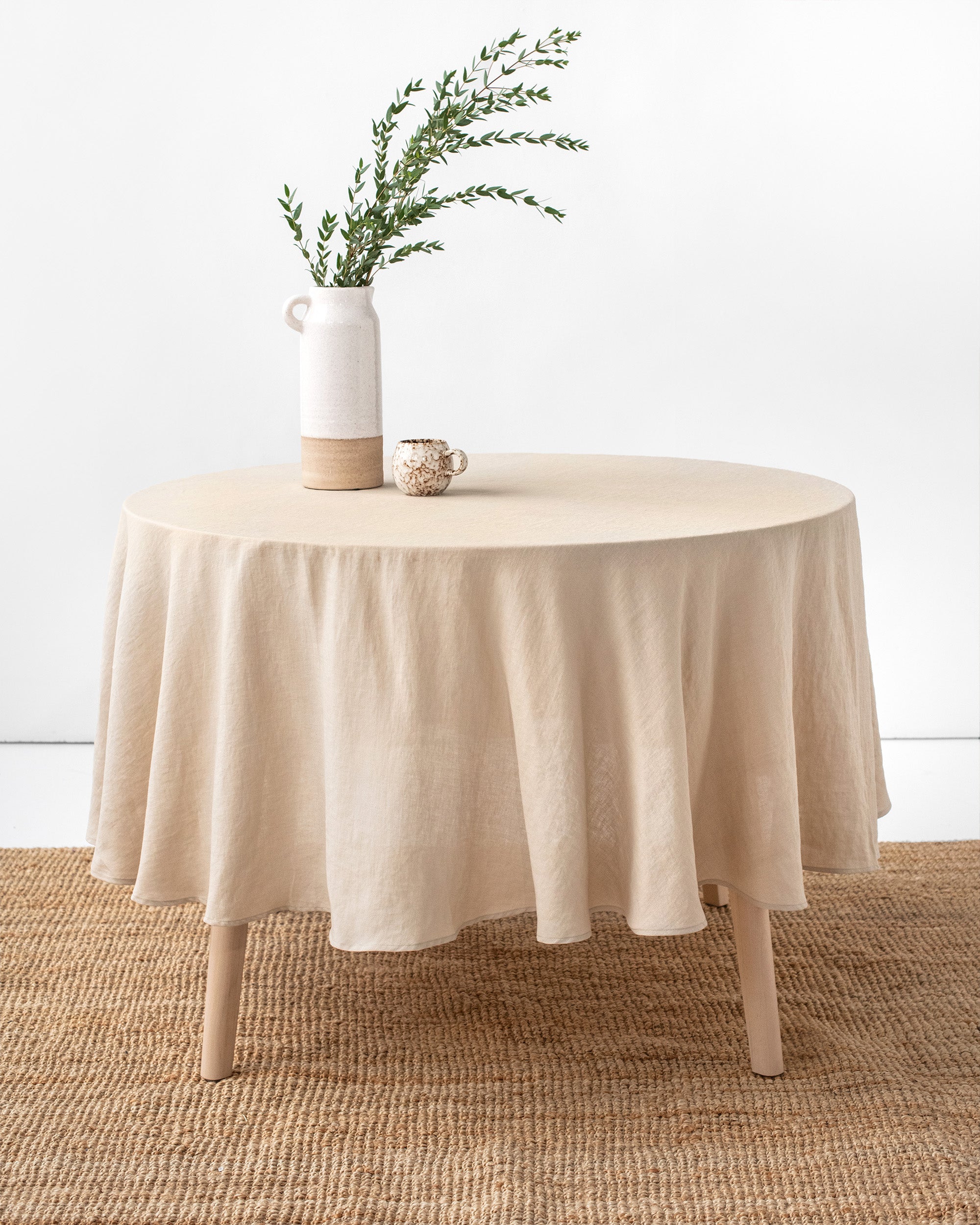Just how to Pick the Perfect Table Runner for Your Table
Linen Material Technologies: Exploring Modern Trends and Creative Applications in Design and Textile Market
From sustainable production methods to cutting-edge weaving modern technologies, the advancement of bed linen is reshaping the landscape of the fabric sector. As we dig into the worlds of innovative style applications and the emergence of bed linen blends and crossbreed materials, a new phase unfolds in which bed linen's duty in future textile innovations takes facility stage.
Lasting Practices in Bed Linen Production
Lasting methods in linen manufacturing have become significantly critical in the fabric industry's initiatives to lessen environmental influence and promote moral sourcing techniques. Linen, an all-natural fiber originated from the flax plant, supplies an array of benefits such as biodegradability, longevity, and breathability. Nevertheless, traditional techniques of bed linen production can entail significant water intake, pesticide use, and energy-intensive procedures.
To address these difficulties, many textile suppliers are adopting sustainable techniques throughout the linen manufacturing procedure. This includes sourcing flax from organic ranches that stay clear of hazardous chemicals and chemicals, implementing water-efficient retting methods to remove fibers from the flax stalks, and utilizing green dyes and finishes. Furthermore, some firms are buying sustainable power sources to power their production centers and lowering waste through recycling and upcycling efforts.
Technical Innovations in Bed Linen Weaving
With the growing emphasis on sustainable practices in linen production, the textile market is currently observing a rise in technical advancements specifically aimed at transforming the art of linen weaving. These advancements are improving the way bed linen textiles are produced, offering increased efficiency, quality, and creativity in weaving techniques.
One of the essential technological developments in linen weaving is the integration of computerized looms. These advanced looms are equipped with software program that permits detailed and intricate styles to be woven with accuracy. By digitizing the weaving procedure, suppliers can attain better consistency and precision in their linen fabrics.
Additionally, developments in yarn spinning modern technology have actually allowed the production of finer and even more long lasting linen yarns - table cloths. This results in softer and smoother bed linen materials that keep their quality also after several uses and cleans
Furthermore, the development of eco-friendly dyeing procedures and surfaces for linen textiles is getting traction. These lasting methods not just minimize the environmental influence however additionally satisfy the raising consumer need for fairly produced fabrics.
Creative Design Applications for Bed Linen
Cutting-edge imaginative methods are significantly shaping the innovative style applications for bed linen in the fabric industry. Linen's all-natural visual allure and ability to blend with other materials make it a favored choice for creating distinct garments and accessories that cater to the ecologically mindful customer.
In addition, developers are try out linen in home design, utilizing its sturdy and breathable nature to craft trendy furnishings such as curtains, bed linen, and upholstery. The structure and drape of linen bring a sense of class and convenience to indoor areas, including a touch of elegance to modern-day homes.

Bed Linen Blends and Crossbreed Fabrics

Hybrid fabrics, on the various other hand, take the concept of mixing a step further by including added elements such as metal threads, recycled products, or conductive fibers. These innovative fabrics not only increase the style possibilities yet also present functional facets like conductivity, antimicrobial residential properties, or enhanced resilience. Crossbreed fabrics are significantly being utilized in numerous industries, consisting of fashion, interior decoration, and technical fabrics, where the demand for multifunctional materials gets on the rise.
Bed linen's Duty in Future Textile Innovations

In the realm of future textile advancements, bed linen is anticipated to be a key player in the advancement of sophisticated useful textiles. Researchers and designers are checking out methods to improve bed linen's integral qualities through technological developments, such as integrating wise fabrics, nanotechnology, and efficiency surfaces. These advancements intend to raise bed linen's efficiency qualities, making it appropriate for a wider variety of applications, from activewear to safety garments.
Additionally, the mix of linen with other natural or synthetic fibers opens up endless possibilities for developing unique fabrics with special buildings and capabilities. By leveraging bed linen's qualities and checking out innovative blends, the textile sector is positioned to introduce exciting developments that accommodate advancing customer needs and sustainability needs.
Verdict
In final thought, the expedition of lasting methods, technological advancements, imaginative style applications, linen blends, and its role in future fabric advancements highlight the continuous advancement of bed linen fabric in the modern-day style and textile market. With an emphasis on innovation and imagination, the versatility and green nature of bed linen make it an important product for designers and manufacturers alike, leading the way for additional advancements and advancements in the area of textiles.
As we dive into the worlds of innovative design applications and the introduction of linen blends and hybrid textiles, a new phase unfolds in which bed linen's role in future textile technologies takes center phase.
Exploring the combination of bed linen with other materials has led to the development of cutting-edge blends and hybrid fabrics in the contemporary fabric sector. Linen blends use an unique combination of the features of linen with those of other fibers, resulting in materials that have enhanced buildings such as enhanced longevity, improved draping, and minimized wrinkling.The advancement of linen blends and hybrid materials has actually established the stage for Bed linen to play a critical role in driving future textile innovations.In the world of future fabric technologies, linen is anticipated to be a crucial player in the development of innovative practical fabrics.